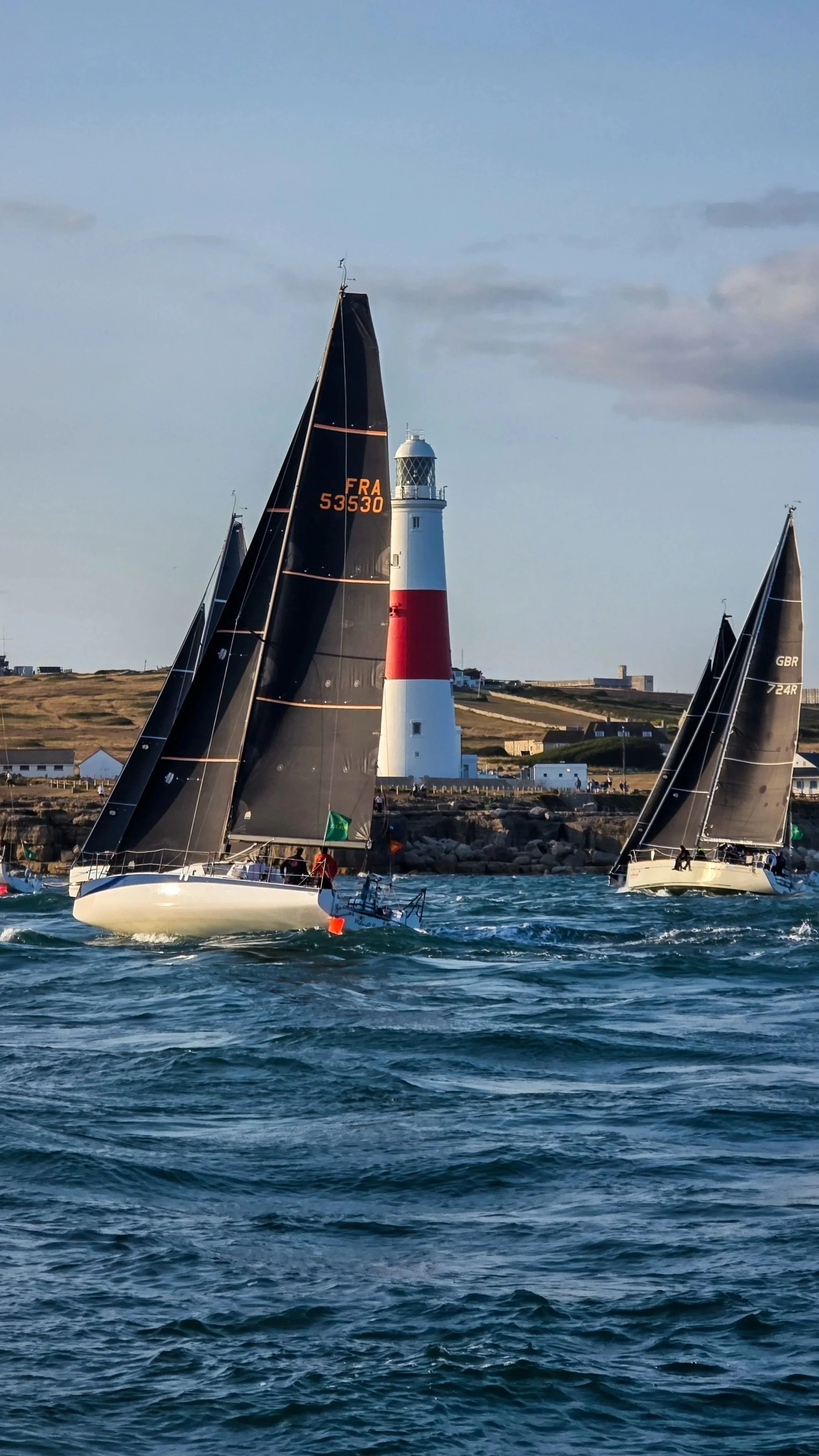Monkey River
19th Nov 2024
Rising early, I took a swim to cool off from the stifling hot and breathless night. By 8am it was scorching hot and we liberally applied sunscreen and filled water bottles before boarding the dinghy.
The night prior we had a great braai, supplemented with bread baked on the grill, known as Roosterkoek in South Africa, and watched the warm colour of the moonrise. Just as the whole red onion was approaching readiness, it rolled clean off the edge into the sea. Keen not to loose this valuable addition to dinner and seeing it quickly drift off into darkness in the current, I threw my shorts off and launched overboard. Retrieving the thankfully still floating and warm onion, commotion and hysterics arose from both myself and fellow crew mates on the swim back when a pesky remora sucker fish latched onto my chest in the darkness, feeling more like a sharp bite. It certainly made me reconsider swimming sans board shorts in murky waters.
From the anchorage it was just over 2 miles south to the mouth of the Monkey River passing many pelicans roll-flopping into the sea catching fish. The water emerging from the estuary was a coffee brown and the water level overtopped the banks from Storm Sara’s rainfall in the days prior by more than a metre. It soon became clear the charts were arbitrary at best and as we progressed inland and the forest and trees rose around us, a chapter of GSCE geography was revisited when coming across the early stages of oxbow lakes where the river had carved new paths, and old routes had choked up with reeds and sediment. The swollen river flow was a strong 3knots in places and we opted to get the dinghy up on the plane and make best speed inland so we could more effortlessly drift down the river by paddles powder alone and enjoy the sound of the wildlife around us without the engine note. Apart from the occasional collision with a low tree.
Our snaking route through the jungle
We were spoilt with close up views of birds, iguanas and crocodiles, and entranced by the huge trees, many festooned with the nests of Crested oropendola. Whilst similar in appearance to the African weaver bird nests, this was a different species using the same technique to avoid snakes preying on their chicks.
One particular bird, the bare-throated tiger heron, with the best name of any bird I’ve come across, appeared somewhat primal in appearance as it carefully climbed a tree on the river bank close beside us. Green iguanas, known for dropping off high overhanging trees into the river to avoid preying birds peered down upon us, and one with a exceptionally orange mohawk watched on from the reeds at the river edge. One fascinating feature I’ve since learnt is a of is the translucent membrane atop their heads, known as parietal eye. This photo sensory organ works can vaguely make out the outline of a passing bird of prey, alerting them to use their two other eyes to assess the threat and decide on whether a belly flop is in order or not.
We heard howler monkeys calls, but with the river level so high, we never did find a safe spot to land and trek into the jungle find their origin, another day perhaps.
Little Blue Heron
Monkey River Town
After nearly 4 hours of river exploration, we slipped into a dock at Monkey River Town with the hope of finding refreshments and to explore this Belizian Creole town. Making Sark look overly sophisticated with dirt roads and horse and carriages, here there was just lush green grass between small homes and the locals went about bear footed. Our crocs were space age. We had an enthusiastic welcome by both Lucky the dog and a local who directed us to their bar after insisting we under no circumstance needed to lock the dinghy, as there was no crime or theft to worry about here. With no police on duty and few officials to speak off, we were told in the bar which felt like little more than a living room serving Coke Cola and Fanta by the ‘Howler Monkey King’ Percival, that the women elders of the town kept the men in check and everyone watched each others backs.
Percy after imitating the howler monkey call, swung his arms open enthusiastically introducing his cousins and nephews who were taking a siesta or drawing on a joint in the living-room-come-bar where we were enjoying our crisp ice cool drinks, at a dollar a piece. We were grateful for the shade and enjoyed hearing increasingly questionable tales from Percy’s time as a jungle and river guide. We had to take his word that one Canadian visitor wet herself when they came face to face with a jaguar. Targeted hunting in the jungle supplemented their food supplies, and tour guiding was the principle support of the economy, yet the increase in cruise passenger visits were violently opposed with bigger tenders calling in which disrupted the condition of the river banks and their trees and upsetting what appears to be a sensitive and balanced way of life away from more developed civilization.

























































A unexpected call to the Mediterranean.